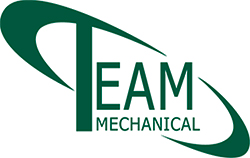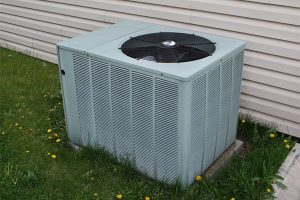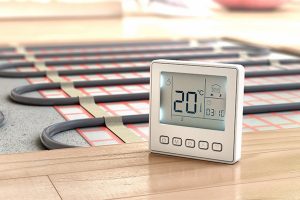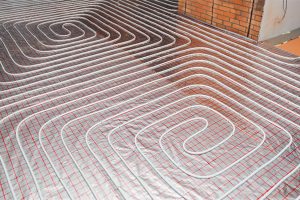“The answer boils down to how energy intensive it is to remove heat from your home. It’s influenced by many factors such as how well your house is insulated, the size and type of your air conditioner and outdoor temperature and humidity.
According to our unpublished calculations, letting your home heat up while you’re out at work and cooling it when you get home can use less energy than keeping it consistently cool – but it depends.
We considered three temperature strategy scenarios. One has the indoor temperature set to a constant 76 degrees Fahrenheit (24.4 degrees Celsius). A second lets the temperature float up to 89 F (31.6 C) during an eight-hour workday – a “setback.” The last uses a temperature setback to 89 F (31.6 C) for a short four-hour workday.
What we found was that even when the A/C temporarily spikes to recover from the higher indoor temperatures, the overall energy consumption in the setback cases is still less than when maintaining a constant temperature throughout the day. On an annual scale with a conventional central A/C, this could result in energy savings of up to 11%.”
Read more about this experiment here.
The main drawback about this study is that it assumes that their are no other occupants of the home during the off-hours. Furthermore, turning off your air conditioner wouldn’t be feasible if you have pets in the house too. A more realistic approach to saving energy is investing an an energy-efficient system.
Team Mechanical can install a wide range of energy-efficient cooling systems to accommodate your home’s size. Call us at 612-729-5646 to learn more!





